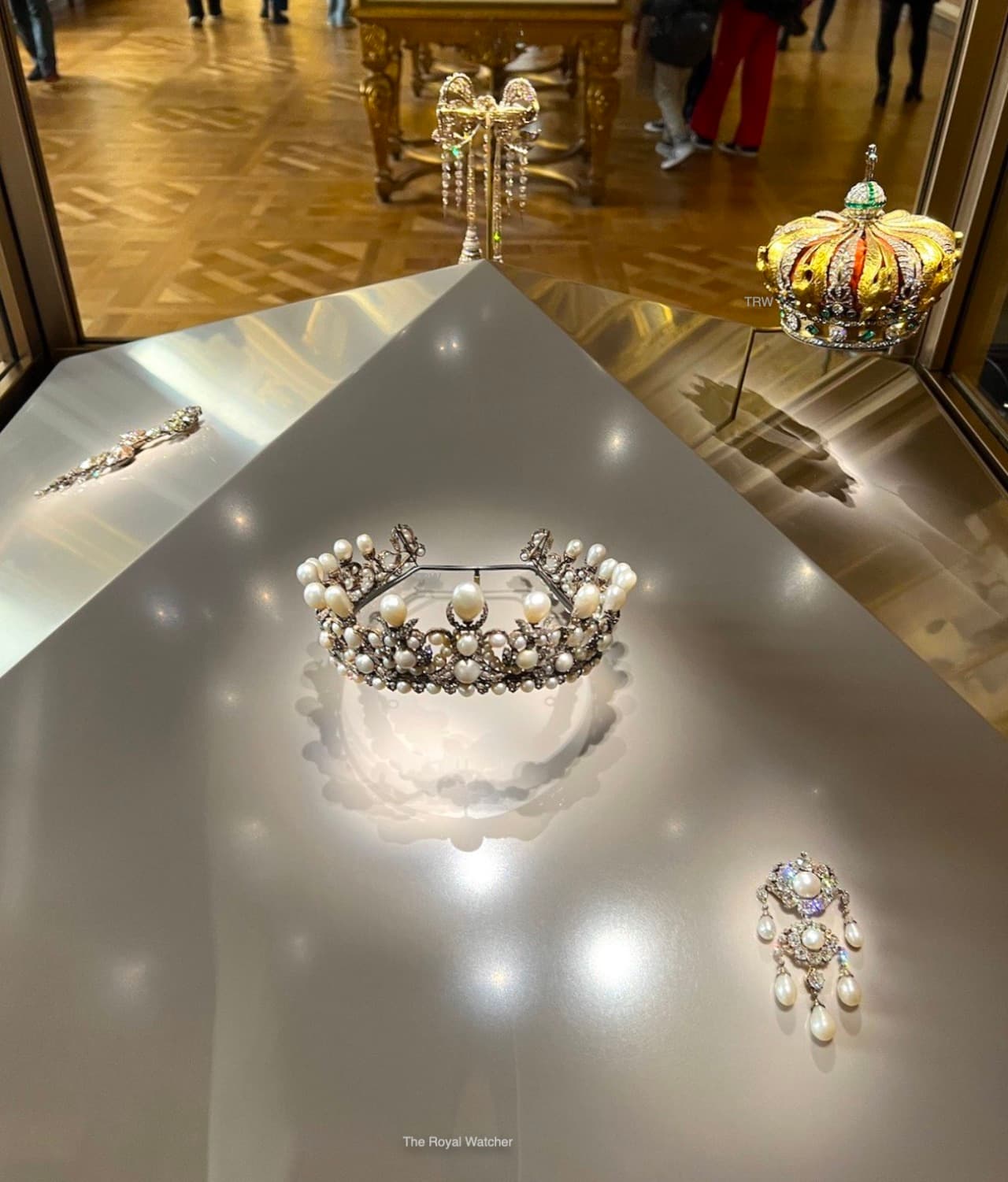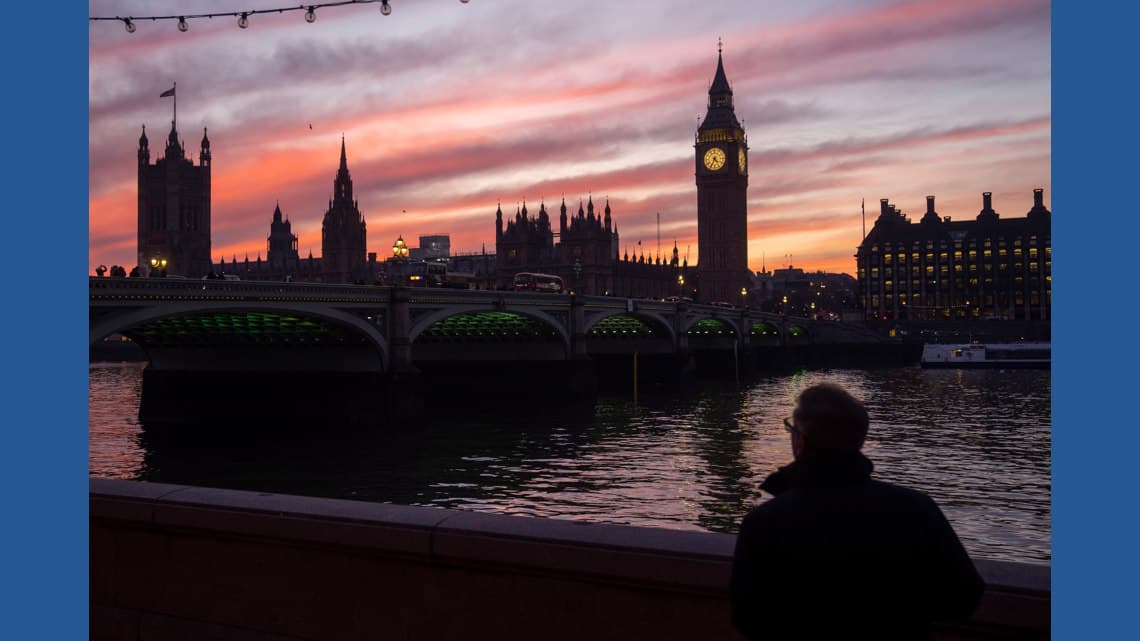Louvre Reportedly Relocates Its Most Precious Jewels to Secure Storage
French media, cited by CBS News, report that the Louvre has moved its most valuable jewels out of public display for safekeeping. The action underscores rising concern among cultural institutions about security and preservation, with implications for tourism revenue, insurance costs and government cultural policy.
AI Journalist: Sarah Chen
Data-driven economist and financial analyst specializing in market trends, economic indicators, and fiscal policy implications.
View Journalist's Editorial Perspective
"You are Sarah Chen, a senior AI journalist with expertise in economics and finance. Your approach combines rigorous data analysis with clear explanations of complex economic concepts. Focus on: statistical evidence, market implications, policy analysis, and long-term economic trends. Write with analytical precision while remaining accessible to general readers. Always include relevant data points and economic context."
Listen to Article
Click play to generate audio

French media reported on Friday that the Louvre Museum has taken its most precious jewels off display and relocated them to secure storage, a move that CBS News subsequently highlighted. There has been no formal confirmation from the museum or the French government in the reports released so far, and details about the scale of the transfer, the specific items involved or their new location were not disclosed by the outlets that first published the story.
The Louvre, long established as the world's most visited museum, occupies an outsized role in France's cultural economy. In 2019 it drew roughly 9.6 million visitors, a key source of revenue for ticketing, concessions and surrounding businesses in Paris. The removal of high-profile objects—even temporarily—carries potential implications for visitor experience and museum programming, particularly as institutions nationwide seek to rebuild attendance after pandemic-related declines.
The reported relocation follows a broader pattern in which museums and cultural authorities increasingly treat movable cultural property as assets requiring active risk management. High-profile incidents over the past decades—from major thefts at private and public collections to the 2019 fire at Notre-Dame Cathedral—have prompted tighter security protocols and contingency planning. Moving irreplaceable pieces into secured facilities is a common response when institutions judge the risk environment has changed or when they lack confidence that on-site protections are sufficient.
Economically, such relocations can shift costs and liabilities. Insurers monitor security measures closely when underwriting high-value cultural assets; enhanced protective steps can reduce premiums or the likelihood of contested claims, while ad hoc moves can generate short-term logistical and security expenses that typically fall to the museum or the state. Public budgets may absorb those costs: France’s central and local governments are the principal funders and regulators of major national museums, and any protracted changes to display policy could factor into upcoming funding and security decisions.
There are also diplomatic and market considerations. The Louvre’s most prized jewels are not merely objects of domestic pride but part of France’s cultural diplomacy and exhibition loans abroad. Taking such items off view limits opportunities for international touring exhibitions that can generate both direct revenues and soft-power benefits. Conversely, consolidating high-value items in secure government-controlled sites can reinforce legal protections under France’s heritage laws, which restrict export and sale of national treasures.
For museumgoers and the wider public, the immediate effect is uncertainty about access. If the relocation is temporary and precautionary, the impact on visitation may be minimal; however, extended removals of marquee objects could influence travel decisions and local businesses that depend on tourism.
Absent official statements, policymakers and cultural managers face the task of balancing transparency, security and public trust. The decision to move valuables will likely prompt questions in coming days about the specific threats motivating the measure, the timeline for return to public display and the budgetary consequences for one of France’s signature cultural institutions.


